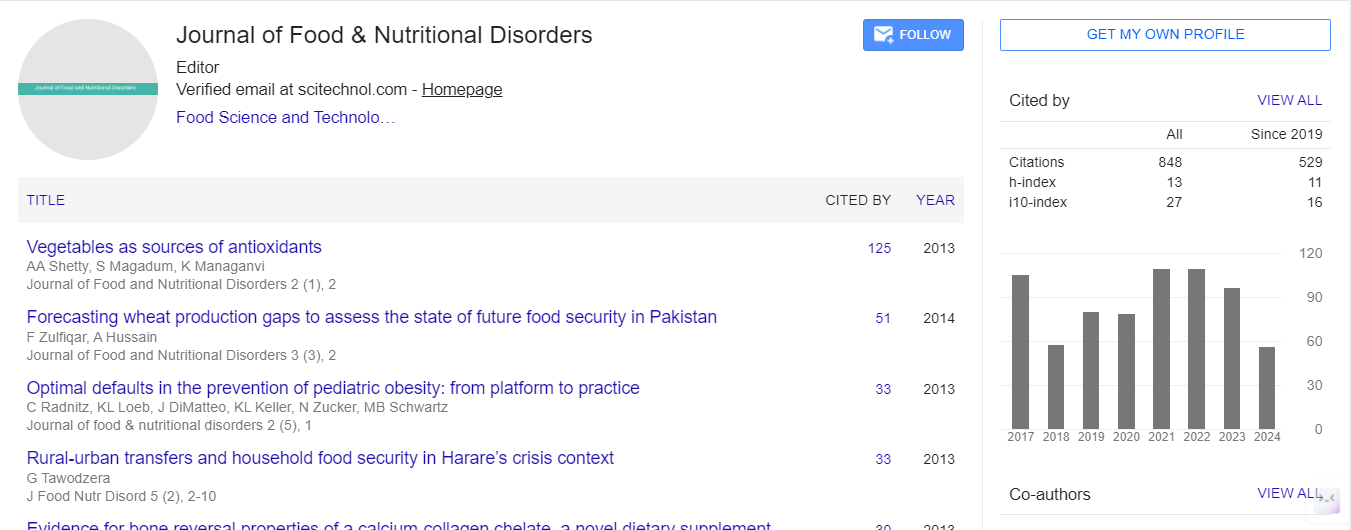Neuroprotective effects of Gum Arabic in the ageing brain of type 2 diabetic rats: Interim analysis
Rajab E, Al Madhoob F, AlHamer B, Ghazzal S, Dawaishan A, Rasool S, Al Tayeb A, Mohammed S, Falamarzi F, Keogh M, Cavanagh B, Elmusharraf K and Al-Ansari A
RCSI, Bahrain
Arabian Gulf University, Bahrain
RCSI, Dublin
University of Limerick, Ireland
: J Food Nutr Disor
Abstract
Dietary supplementation with Gum Arabic (GA) improves oral glucose tolerance and fasting blood glucose in rodent models of high-glucose feeding. Our aim was to determine whether GA supplementation prevents deterioration of learning and memory in type 2 diabetes. Seven weeks old male Zucker diabetic rats (n=8) and their lean litter mates (i.e. controls) (n=8) were assigned to the following groups for 16 weeks: (i) control and water (CW); (ii) control and GA 10% w/v (CGA); (iii) diabetes + water (DMW); (iv) diabetes + GA 10% w/v (DMGA). Fasting blood glucose (FBG) was measured at baseline and 16 weeks, followed by assessment of spatial learning and memory in the Morris water maze. This study was ethically approved and funded by AGU and RCSI. By week 16, there was a small difference in FBG between the diabetic groups (baseline: 94±5 mg/ dL; 16 weeks: DMW 339±26 vs. DMGA 298±36 mg/dL). On day 1 of the water maze, latency in diabetic animals (DMW 33±11 sec, DMGA 35± 6 sec) was higher than controls (CW 12±2 sec, CGA 14±5 sec). DMGA animals showed greater improvements in escape latency than DMW over 5 day of testing; latency in DMGA appeared similar to controls on days 2-5. Chronic GA treatment appears protective against cognitive deficits in type 2 diabetic rats.
Biography
Rajab E is currently working at RCSI, Bahrain. He has extended his valuable services and has been a recipient of many awards and grants. He has made his valuable contributions and discoveries in major area of research. His area of expertise credits him with many publications in national and international journals. erajab@rcsi-mub.com
 Spanish
Spanish  Chinese
Chinese  Russian
Russian  German
German  French
French  Japanese
Japanese  Portuguese
Portuguese  Hindi
Hindi 
